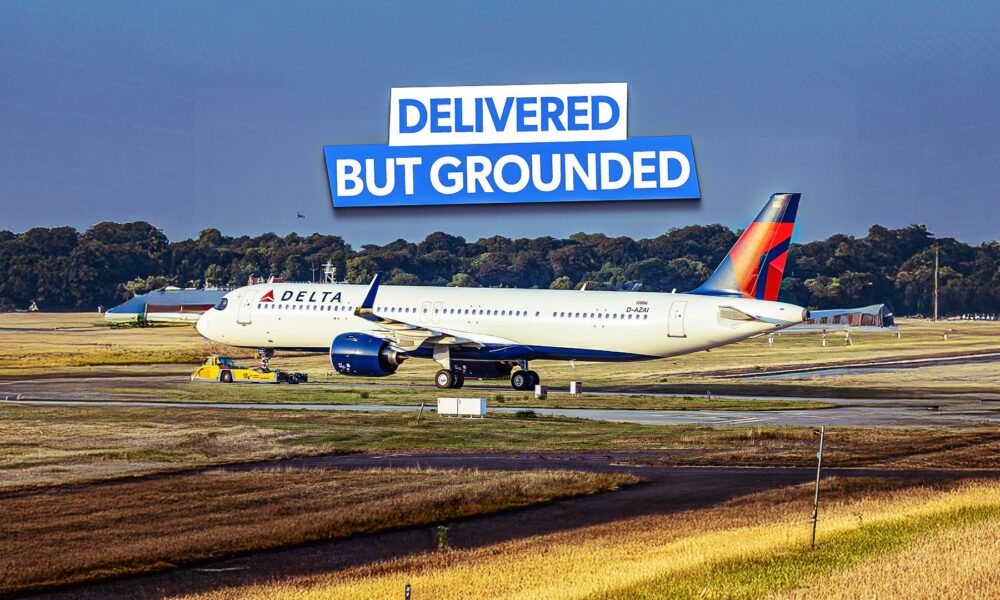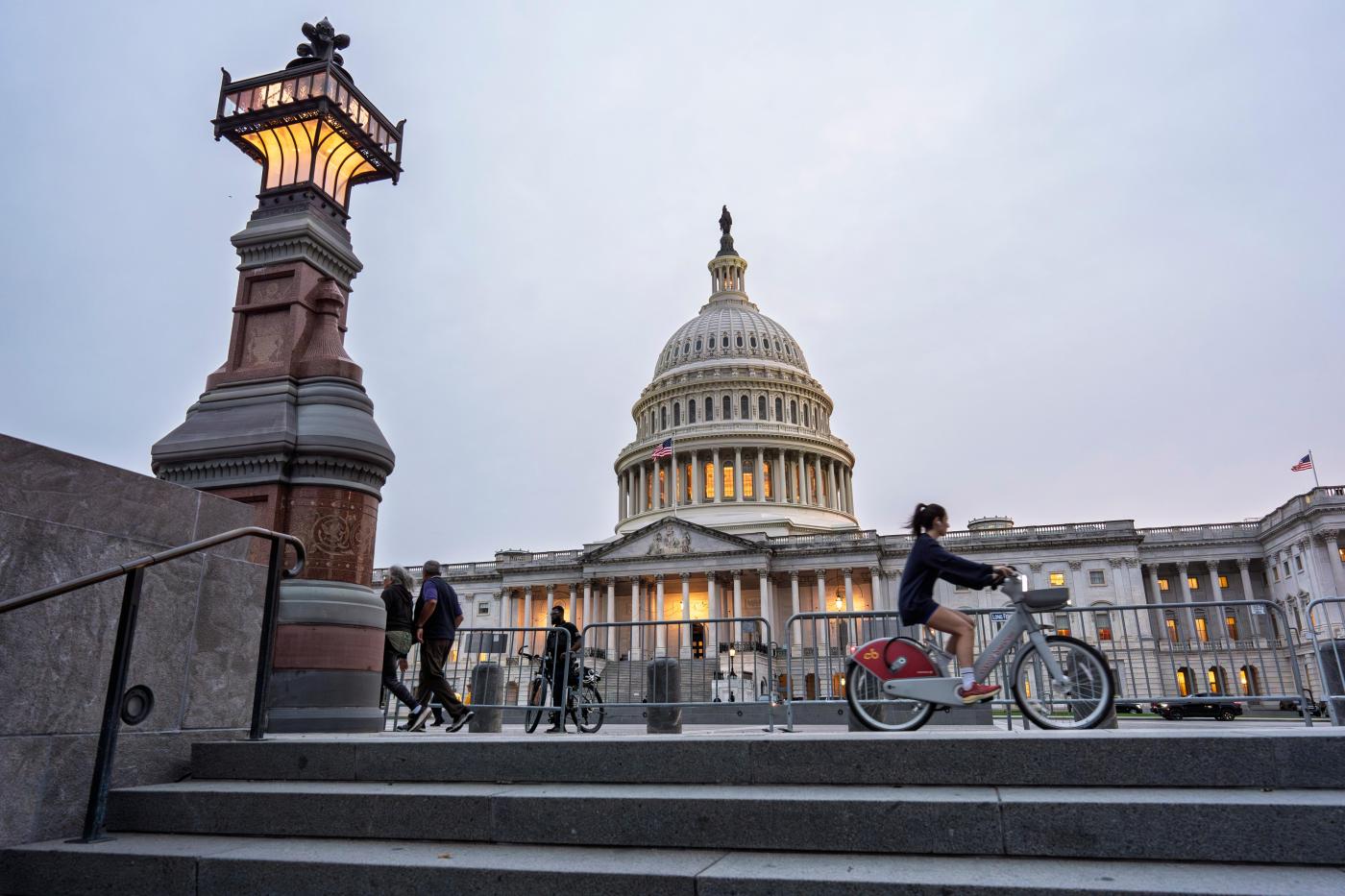Delta Air Lines is set to introduce a new configuration of its Airbus A321neo aircraft, significantly increasing its premium seating capacity. Unlike the typical setup featuring 20 first class seats, the revised model will boast 44 Delta First seats, aiming to cater to rising demand for premium air travel. This decision comes as Delta seeks to optimize its fleet and revenue generation in a competitive market.
Overview of Delta’s A321neo Fleet
Currently, Delta operates 79 Airbus A321neos, with an additional 71 on order and five currently in storage, bringing the total to 155. The majority of these aircraft are configured to accommodate 194 passengers, including 20 Delta First seats, 60 Delta Comfort seats, and 114 Delta Main seats. Similar configurations are seen across the fleets of American Airlines and United Airlines, which also utilize 20 first class seats on their A321neos.
Delta’s A321neo fleet, powered by the Pratt & Whitney PW1100G engines, is designed with enhanced aerodynamics and updated interiors, making it the best-selling jet-powered airliner variant globally. The A321neo serves as an essential part of Delta’s strategy to replace its aging A320-200 fleet while also expanding its narrowbody offerings.
New Configuration Details
The 44-seat configuration will be exclusive to a new subfleet of A321neos intended for transcontinental flights. According to data from aeroLOPA, these aircraft will include 16 DeltaOne suites, 12 Delta Premium Select seats, 54 Delta Comfort seats, and 66 Delta Main seats, totaling 148 seats. This innovative setup aims to replace Delta’s Boeing 757-200 fleet on certain routes and has been in development since a leaked seat map surfaced in 2022.
The introduction of this configuration arises from certification challenges Delta has faced with its new DeltaOne suites. The airline is pivoting to utilize Delta First seats until certification is achieved. As a result, the five A321neos currently in storage will receive the new layout, allowing Delta to generate revenue from aircraft that would otherwise incur costs without flying.
Installing the new seats will transform the cabin layout, where the new A321neos will feature 32 additional CL4710 seats, marketed as Delta First. This approach, although unconventional, reflects Delta’s commitment to maximizing capacity and revenue amidst ongoing certification delays.
Long-Term Prospects and Industry Context
The shift towards a premium-heavy cabin configuration aligns with industry trends emphasizing premium offerings. While 44 Delta First seats on a narrowbody aircraft may disrupt traditional per-seat economics, Delta’s strategy hinges on maintaining high fares for these premium seats. If demand remains strong, the new subfleet could become a permanent fixture in Delta’s operational plans.
Delta’s adjustments are not unique; many airlines are grappling with similar certification delays. American Airlines and Lufthansa have encountered challenges that have delayed the introduction of new seating configurations. As Delta navigates these industry-wide hurdles, its proactive approach to optimizing cabin layouts ensures that it remains competitive in the premium travel sector.
The newly configured A321neos are expected to service high-demand routes, including Atlanta to New York City and Atlanta to Los Angeles. This strategy not only enhances Delta’s premium offerings but also presents passengers with increased upgrade opportunities.
As Delta Air Lines adapts to the evolving landscape of air travel, its innovative solution for the A321neo fleet demonstrates resilience and a commitment to meeting passenger needs in a crowded marketplace.







